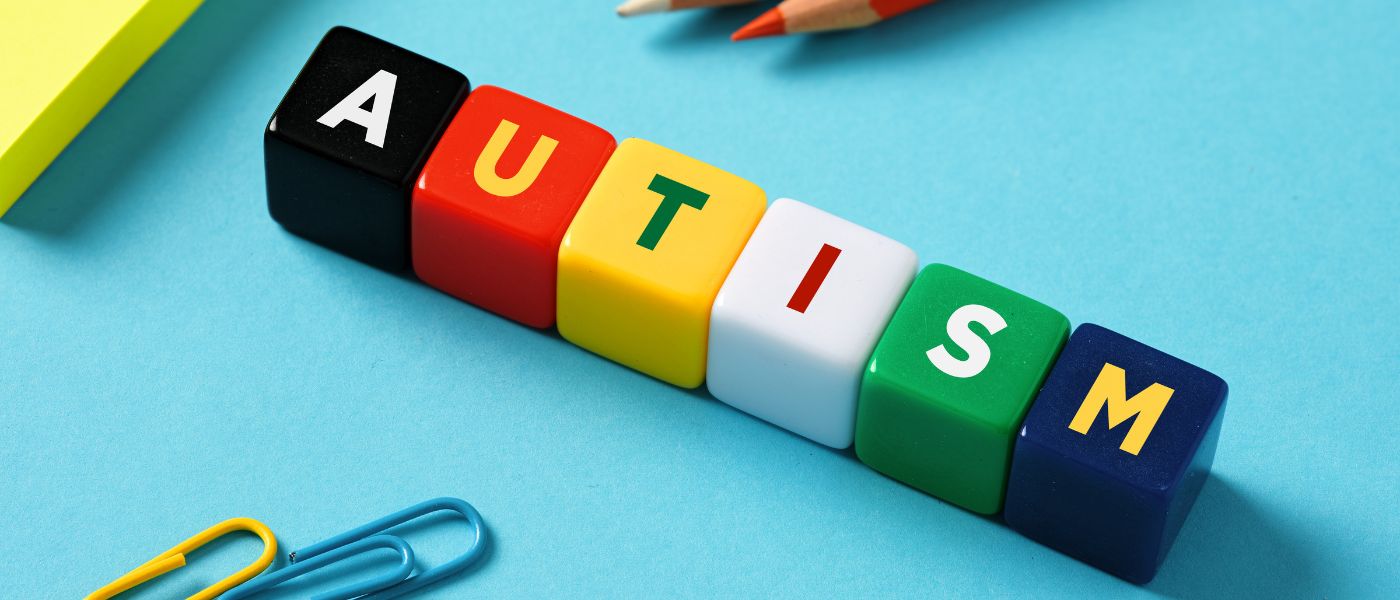Exactly How to Interact Efficiently with Loved Ones on the Autism Spectrum
Exactly How to Interact Efficiently with Loved Ones on the Autism Spectrum
Blog Article
Checking Out Autism: Approaches for Effective Communication and Communication
Efficient interaction and interaction with individuals on the autism range require a detailed understanding of their distinct needs and choices. Approaches such as using clear language, utilizing aesthetic assistances, and cultivating consistent regimens can dramatically enhance engagement and decrease stress and anxiety. Recognizing the significance of non-verbal signs and shared interests leads the method for purposeful connections. The ins and outs of these strategies reveal more considerations that merit exploration, particularly in how they can be adapted to private experiences and varied contexts. What might these adjustments appear like in practice?
Recognizing Autism Range Condition
Autism Range Problem (ASD) incorporates a range of neurodevelopmental conditions identified by obstacles in social communication, interaction, and repetitive behaviors. The term "spectrum" mirrors the diverse manifestations and varying levels of seriousness experienced by people with ASD. While some might exhibit significant impairments, others may show high-functioning qualities, permitting greater independence in life.
The start of ASD typically takes place in very early childhood years, with signs commonly identifiable by age 2. Early indications might consist of delayed speech development, minimal eye get in touch with, and difficulties in recognizing social hints. Although the accurate etiology of ASD remains vague, research study suggests a mix of hereditary and environmental elements plays a vital duty in its growth.
As a result, interventions and assistance tailored to private needs are vital for promoting communication and social skills. Identifying the intricacy of ASD is important for promoting recognition, acceptance, and reliable strategies that help with purposeful communications with individuals on the range.

Relevance of Clear Communication
Efficient interaction is vital for fostering understanding and connection, especially for people with Autism Spectrum Problem (ASD) Clear interaction not only assists in social interactions but additionally enhances the person's capacity to share their thoughts, demands, and emotions. For people with ASD, the nuances of language can usually be challenging; for that reason, utilizing unambiguous and simple language is important.
Moreover, clear interaction aids lower aggravation and anxiety that may occur from misconceptions. When messages are shared in a direct and consistent way, individuals with ASD are much better equipped to interpret information precisely, which can substantially improve their social involvement and participation in numerous setups.
Developing regimens and using aesthetic assistances can better strengthen clear communication. These approaches offer people with predictable frameworks that assist comprehension and retention of information. In addition, actively paying attention and being individual during interactions promotes an encouraging environment where people with ASD feel valued and recognized.
Ultimately, prioritizing clear communication not just encourages people with ASD yet likewise promotes more purposeful connections with their peers, caretakers, and the bigger neighborhood, leading the way for collaborative partnerships and comprehensive interactions. - autism
Non-Verbal Communication Techniques
Communication extends beyond words, and for individuals with Autism Range Disorder (ASD), non-verbal signs play a substantial role in communications. Non-verbal communication techniques can consist of faces, motions, body movement, and eye call, every one of which function as vital elements for official site conveying feelings and intents.
Recognizing and analyzing these non-verbal signals can enhance communications with people with ASD. For instance, a cozy smile or open stance can develop an inviting environment, motivating engagement. Likewise, using aesthetic aids-- such as image cards or symbols-- can link interaction spaces and help convey messages a lot more effectively.
It is likewise important to be conscious of individual space, as individuals with ASD may have various comfort levels regarding closeness. Observing their reactions to physical nearness can educate appropriate changes.

Creating Helpful Settings
Producing a helpful atmosphere is vital for cultivating favorable communications and boosting the wellness of people with Autism Spectrum Problem (ASD) Such atmospheres can substantially minimize stress and anxiety and develop a sense of safety and security, permitting individuals to reveal themselves much more freely.
To accomplish this, it is necessary to take into consideration sensory sensitivities that people with ASD might experience. Modifying the physical room to consist of soft illumination, marginal history sound, and comfy seating can develop a relaxing environment. Additionally, making use of constant routines and clear aesthetic routines can aid individuals expect changes and minimize unpredictability, more promoting convenience.
Social areas must be structured to minimize overwhelming stimulations while offering opportunities for involvement in recommended tasks. Assisting in areas marked for peaceful time can also work as a sanctuary throughout minutes of tension. Significantly, including aspects of selection empowers individuals, allowing them to work out firm in their setting.

Encouraging Social Communications
Promoting social interactions among people with Autism Spectrum Condition (ASD) needs intentional approaches that prioritize convenience and interaction. Developing foreseeable regimens can help in reducing anxiousness, making social settings a lot more friendly. Producing structured environments with specified duties and duties enables individuals to involve without the overwhelming pressure of disorganized social characteristics.
Integrating rate of interests and strengths into social activities can act as a stimulant for communication. As an example, arranging team tasks around shared pastimes or subjects of fascination can promote natural conversations and connections. Furthermore, making use of visual assistances, such as pictorial schedules or social scripts, can assist in recognizing social signs and expectations.
Modeling proper social actions is important - autism. Grownups and peers must show efficient interaction techniques, including active listening and turn-taking. Role-playing scenarios can also give a safe space for Going Here people to exercise these skills
Lastly, fostering peer connections via inclusive methods is vital. Motivating inclusive playdates or group getaways can develop possibilities for socializing in a comfy setup. By executing these techniques, educators and caregivers can considerably enhance social communications for people with ASD, advertising their overall social advancement and well-being.
Conclusion
To conclude, effective communication and communication strategies are important for sustaining individuals with Autism Spectrum Problem. Stressing clear language, incorporating non-verbal cues, and developing predictable routines dramatically improve involvement and decrease anxiousness. Developing supportive atmospheres fosters risk-free social communications, while motivating shared passions helps with meaningful links. Ultimately, these approaches encourage individuals with autism right here to navigate social landscapes, promoting their general health and enabling the advancement of long-term relationships.
Efficient interaction and communication with individuals on the autism spectrum necessitate an extensive understanding of their one-of-a-kind demands and choices. Clear interaction not just helps with social communications yet additionally improves the person's capability to reveal their feelings, thoughts, and needs.Promoting social communications amongst people with Autism Range Condition (ASD) calls for intentional techniques that prioritize convenience and involvement. By implementing these techniques, caregivers and teachers can significantly enhance social interactions for individuals with ASD, advertising their general social growth and wellness.
In final thought, effective interaction and communication techniques are necessary for supporting individuals with Autism Range Disorder.
Report this page